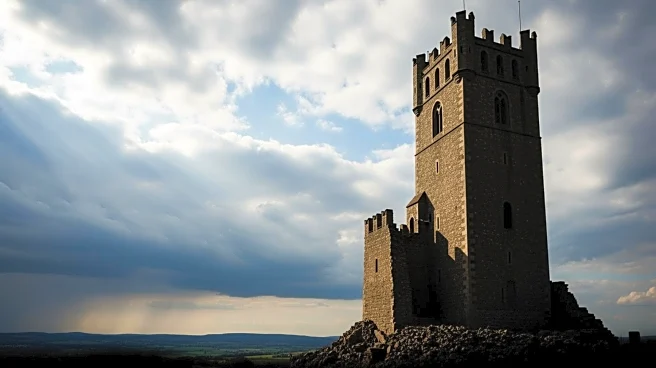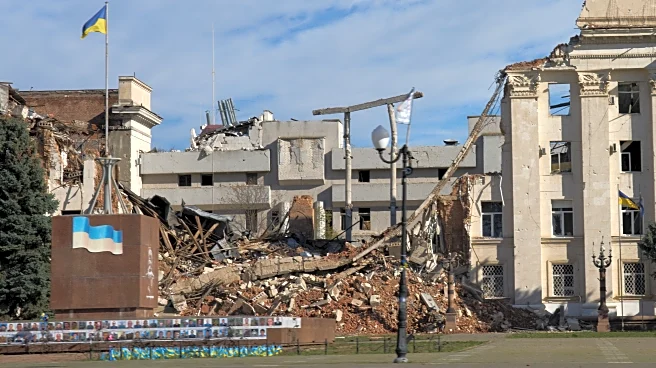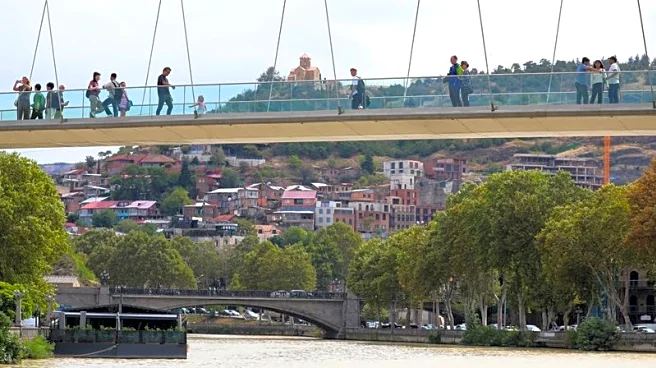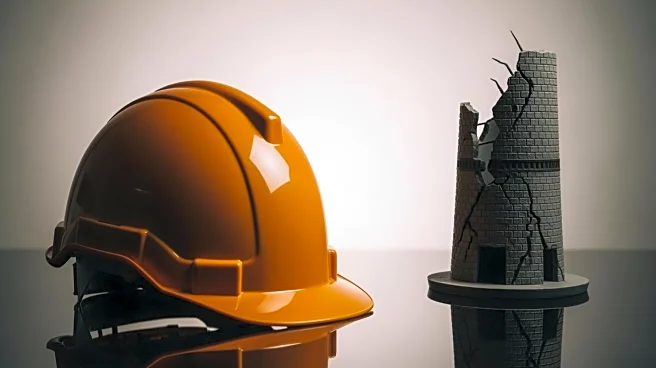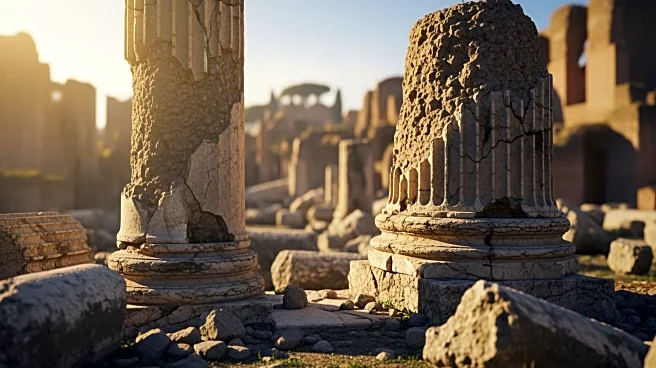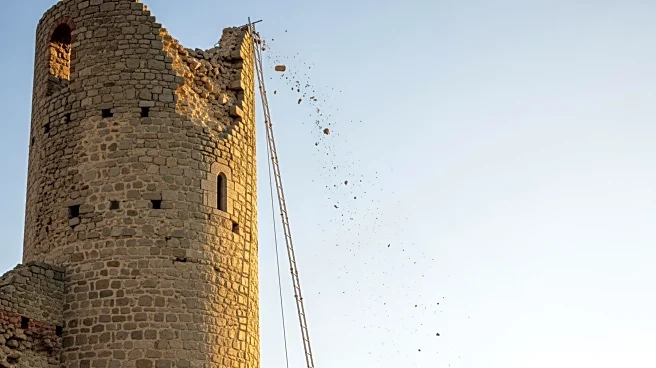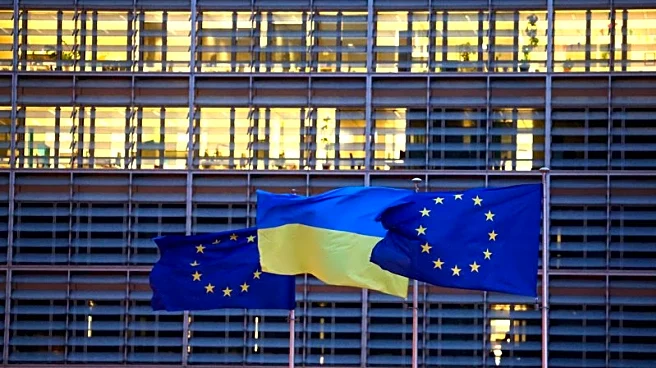What's Happening?
Italian officials have expressed outrage over comments made by Maria Zakharova, a spokesperson for the Russian foreign ministry, following the partial collapse of the Torre dei Conti in Rome. The medieval tower, a 29-meter-tall structure near the Colosseum,
partially collapsed on November 3, resulting in the death of a Romanian worker, Octay Stroici, who was trapped under the rubble for 11 hours. Zakharova linked the collapse to Italy's financial support for Ukraine, suggesting that funds were being diverted from cultural preservation. Italy's foreign minister, Antonio Tajani, described these comments as 'shameful' and 'unacceptable,' and the Russian ambassador was formally summoned. The tower was undergoing a €6.9 million restoration as part of the Caput Mundi-Next Generation EU heritage regeneration project.
Why It's Important?
The incident highlights the ongoing tensions between Italy and Russia, exacerbated by Italy's support for Ukraine amidst the ongoing conflict. The comments from the Russian foreign ministry have sparked diplomatic friction, reflecting broader geopolitical dynamics. The collapse also underscores the challenges in preserving historical structures, which are integral to Italy's cultural heritage and tourism industry. The restoration project, funded by the EU's post-Covid economic reconstruction program, is crucial for maintaining Italy's historical sites, which are significant for both cultural identity and economic activity through tourism.
What's Next?
Italian prosecutors have opened a manslaughter investigation into the death of the worker, which may lead to further scrutiny of the restoration project and its management. The diplomatic tensions between Italy and Russia could see further developments, especially if Italy continues to support Ukraine. The restoration of the Torre dei Conti is likely to face delays as investigations proceed, potentially impacting other heritage projects funded by the EU.
Beyond the Headlines
The incident raises questions about the allocation of resources for cultural preservation versus international aid, a debate that could influence public opinion and policy decisions in Italy. The collapse also serves as a reminder of the vulnerability of historical structures and the importance of rigorous safety standards in restoration projects.
